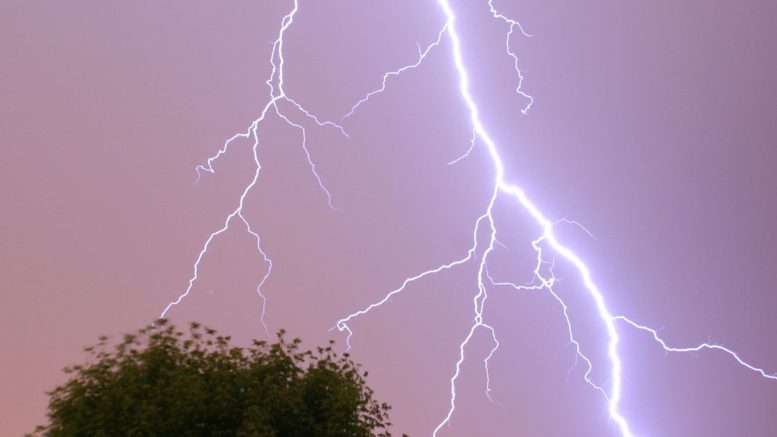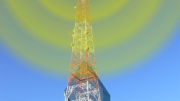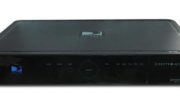I talk a lot about grounding on this blog. A quick search for the word “ground” turns up 525 articles. While grounding isn’t the main subject of all of them, it’s at least a part of the discussion. And yet, in none of those articles do I mention grounding the mast. I talk about grounding the antenna a lot, but I never discuss running a separate ground wire to the mast.
And let me tell you, it hasn’t gone unnoticed. One popular commenter here called me out on it just a few weeks ago. So let’s go into the details, and I’ll give you my personal experience?
Does the mast need to be grounded?
Look, I think you should ground everything. It definitely falls into the category of “better safe than sorry.” If you can so it, do it. Run a ground wire down to the ground block and attach it to one of the posts. Most ground blocks have two of them anyway.
Having said that, I don’t generally do it. And, I don’t know many installers who do. In fact, I don’t know any installers who routinely ground the mast if they’ve grounded the antenna or dish. And that creates a bit of a dilemma. I don’t want to be a hypocrite. I don’t want to tell you to do something that I don’t usually do. And so, I’ll have to explain why.
What grounding really is
Most people think that proper grounding will protect you against lightning strikes. It will, but not in the way you think. For the most part, if lightning strikes your antenna, something bad is going to happen. There’s a chance that the ground wire will help, but something bad is going to happen. The goal of proper grounding is to make sure those lightning strikes don’t happen.
How grounding works
(Folks, I’m deliberately simplifying this. If you’re a physics professor, please feel free to correct me. The goal here is to present this in a way that makes sense to people, not in a way that a science textbook would agree with word-for-word.)
Your properly grounded antenna isn’t just there for a rainy day. It’s working for you 24/7. Electricity can build up at any time. It doesn’t matter if it’s a dry, sunny day. Lightning strikes happen when it’s cloudy because cloud masses moving against each other create massive amounts of static electricity. But this can happen at any time. You’ve probably heard of dry lightning, this is what I’m talking about.
Lightning strikes happen when there is enough static electricity present in the ionized air that it creates a pathway. The electricity overcomes the resistance in the air, leading to a discharge as all that electricity dissipates into the ground.
One way to stop this from happening is to stop static electricity from building up at all. A properly grounded antenna will create an airmass around it where static electricity is constantly flowing into the antenna and down into the ground. When the air starts to become ionized, the lightning will strike somewhere else because there is less static electricity near the antenna. It’s already dissipated.
If lightning were to strike your antenna
Lightning strikes are, as the kids say, “hella powerful.” If your antenna does get struck by lightning, it’s melting. The ground wire is melting. Most likely your roof tiles are melting. Don’t think for a moment that anything you have up there is surviving a lightning strike. That’s why you try to avoid them.
The answer to all of this
By properly grounding the antenna, you create a zone which includes the antenna, where static electricity is constantly being dissipated. Grounding the mast is going to create a second pathway for all that static. That’s great, and it creates even more protection. But it’s more important to do some grounding than it is to do all the grounding.
However, there is still a chance of lightning. In a case like that, the safest way of dealing with it is not with grounding, but with a lightning arrester. This is a special-purpose device that can absorb and dissipate electricity. It’s a bit of overkill for a consumer antenna, but if it helps you sleep at night, it’s worth it.





